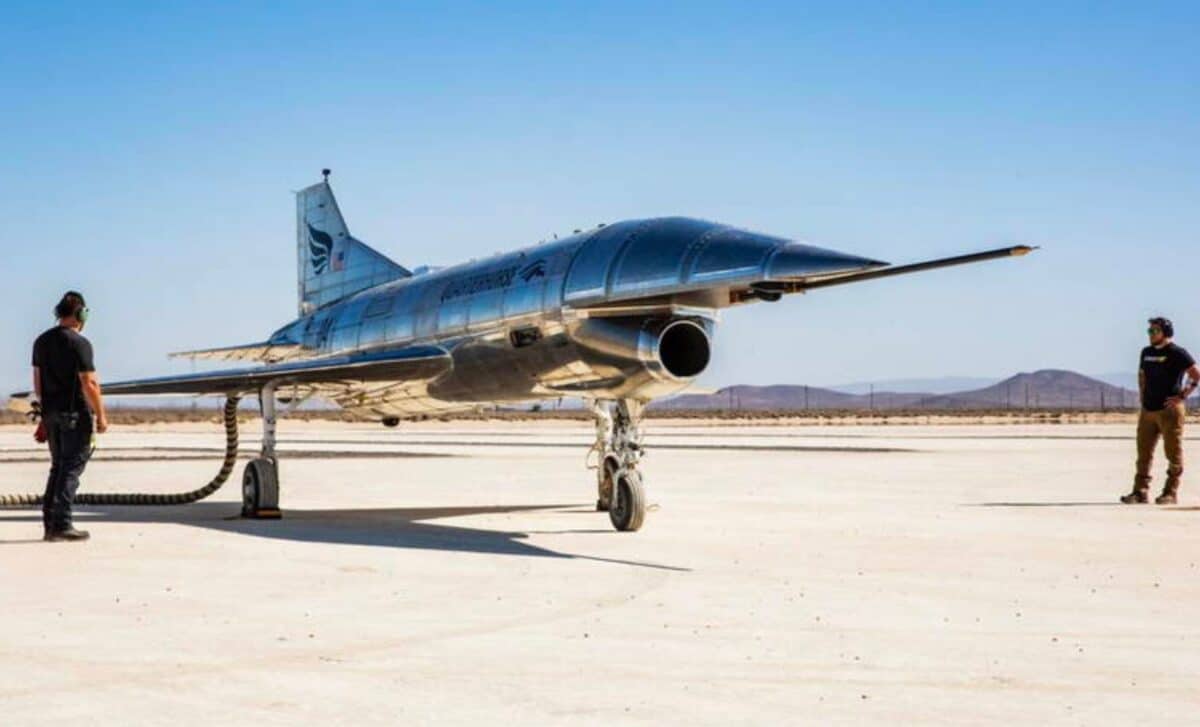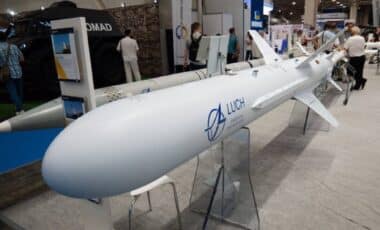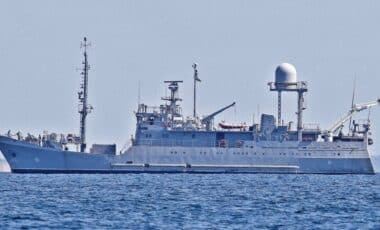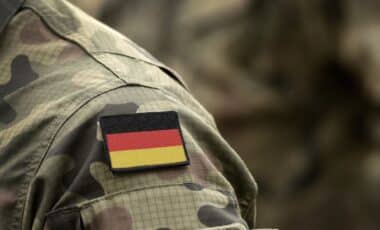Two American defense startups have recently achieved significant milestones in autonomous and hypersonic aviation, marking what could be a pivotal moment in the evolution of U.S. airpower. Hermeus has completed the maiden flight of its Quarterhorse Mk 1, a reusable high-speed aircraft, while Anduril Industries has unveiled Fury, a fully autonomous combat jet with advanced AI capabilities.
These parallel developments offer a concrete look at how private initiatives are shaping next-generation military aviation. While one focuses on extreme velocity, the other emphasizes pilotless combat precision, both converging on affordability, reusability, and technological edge in future aerial warfare.
The U.S. Air Force has long sought to integrate speed and autonomy into its arsenal, but recent progress by startups like Hermeus and Anduril shows a rapid acceleration in that direction. Supported by military funding and venture capital, these companies are delivering systems designed for real-world implementation. The synergy between high-performance engineering and advanced software is moving faster than traditional defense programs, suggesting a growing role for private firms in national defense innovation.
This trend also signals a reconfiguration of how technological dominance in the skies might be achieved—one where agility, cost-efficiency, and operational flexibility are prioritized over size or legacy systems. According to The Debrief, both platforms are intended to serve as modular, scalable solutions that can integrate seamlessly into existing defense frameworks.
Huawei and Xiaomi Just Did What Washington Feared Most
Hermeus Tests a Hypersonic-Capable Reusable Aircraft
On May 21, Hermeus conducted the first flight of its Quarterhorse Mk 1 at Edwards Air Force Base in California. The aircraft is part of a broader goal to develop a reusable platform capable of approaching Mach 5 by 2026. Although the maiden flight focused on verifying basic operations such as takeoff and landing, it marked a successful proof-of-concept for what the company describes as an “iterative development approach.”
The startup’s strategy includes rapid prototyping and the parallel construction of multiple aircraft. The Quarterhorse Mk 2, already in development, is expected to reach supersonic speeds within the year. According to The Debrief, the Air Force Research Laboratory awarded Hermeus an initial \$1.5 million contract in 2020, followed by a larger \$60 million agreement. The company also collaborates with the Defense Innovation Unit on hypersonic testing programs scheduled to begin next year.
CEO AJ Piplica said after the flight, “We’ve proven the viability of our iterative development approach… this is just the start.” The company intends to build one aircraft per year, targeting both defense and commercial clients, which could broaden the strategic use of hypersonic systems across multiple domains.
Anduril’s Fury Untroduces Pilotless Air Combat Capability
While Hermeus targets speed, Anduril Industries is advancing unmanned combat aviation. The company’s newly unveiled YFQ-44A “Fury” is a Group 5 autonomous air vehicle, placing it in the same class as the MQ-9 Reaper and RQ-4 Global Hawk. However, unlike those models, Fury is designed for direct combat, featuring jet-like performance and fully autonomous mission capabilities.
Equipped with a Williams FJ44-4M turbofan engine, Fury can reach speeds close to Mach 0.95 and perform high-G maneuvers, unbounded by the limitations of human pilots. The aircraft uses Lattice, Anduril’s AI software platform, to operate independently, with human intervention available only for overriding or supervisory roles. It is roughly half the size of an F-16 and is being designed to operate in tandem with piloted platforms like the F-35.
The estimated production cost, between \$25 million and \$30 million, positions Fury as a more economical alternative to fifth-generation fighter jets. This affordability allows for broader deployment and the potential development of coordinated swarm tactics in contested airspace.
Private Sector Innovation Reshapes Defense Priorities
The combined efforts of Hermeus and Anduril highlight the growing influence of private startups in military technology. According to Major General Scott Cain, Commander of the U.S. Air Force Test Center, “Industry partnerships continue to have an important role in the development and test of disruptive and innovative capabilities for our warfighters.”
Unlike traditional defense contractors, these companies are leveraging speed in both development cycles and operational goals. Their focus on cost-efficiency, autonomy, and adaptability presents a contrast to longer-term procurement programs. The Debrief notes that the U.S. Department of Defense is actively seeking such capabilities as part of its broader modernization initiatives.








